Our patio engineering standards cover the below details.
If your patio does not fit our standard specifications it is not a problem. We can design and engineer a solution specific for your job.
Please fill in the form below and one of our representatives will be in touch to discuss your project.
© 2023 Engineering On Demand
Before erecting a patio, particularly in coastal regions in Northern Australia it is important to consider a range of factors: Region (Figure 1.0), Terrain Category (Figure 2.0), Shielding Factor (Figure 4.0), and Topographic Classification (Table 2.0).
For permissible gust wind speed refer to table (1.0).
This considers these four variables in accordance with the Australian Standard AS/NZS1170.2:2011.
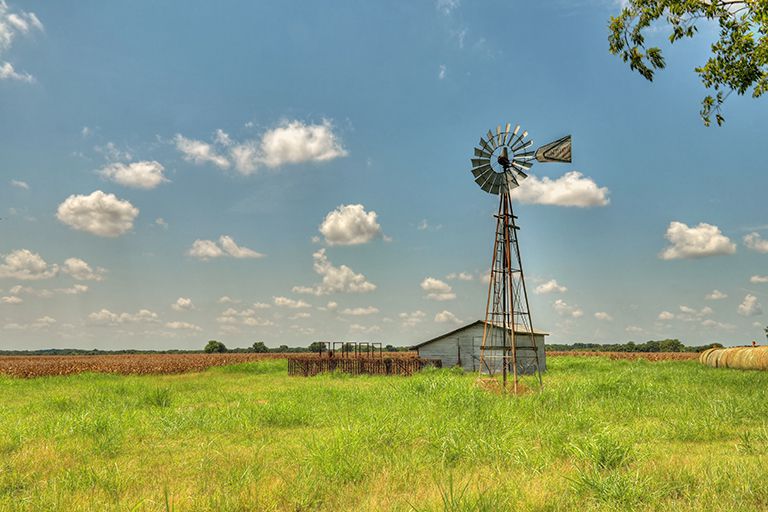
| Wind Classification | Gust Wind Speed meters per second |
|
|---|---|---|
| Regions A & B | Regions C & D | |
| N1 (Non-Cyclonic) | N/A | W28 |
| N2 (Non-Cyclonic) | N/A | W33 |
| N3 (Non-Cyclonic) | C1 (Cyclonic) | W41 |
| N4 (Non-Cyclonic) | C2 (Cyclonic) | W50 |
| N5 (Non-Cyclonic) | C3 (Cyclonic) | W60 |
| N6 (Non-Cyclonic) | C4 (Cyclonic) | W70 |
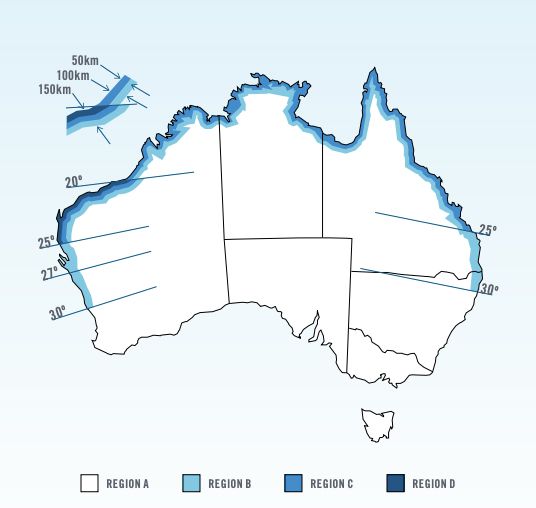
| Topographic Classification | |||||||||||||
|---|---|---|---|---|---|---|---|---|---|---|---|---|---|
| Region | Terrain Category | T0 | T1 | T2 | T3 | ||||||||
| FS | PS | NS | FS | PS | NS | FS | PS | NS | FS | PS | NS | ||
| A | 1 | N2 | N3 | N3 | N3 | N3 | N3 | N3 | N4 | N4 | N3 | N4 | N4 |
| 1.5 | N2 | N2 | N3 | N2 | N3 | N3 | N3 | N3 | N4 | N3 | N4 | N4 | |
| 2 | N1 | N2 | N2 | N2 | N3 | N3 | N2 | N3 | N3 | N3 | N3 | N4 | |
| 2.5 | N1 | N2 | N2 | N2 | N2 | N3 | N2 | N3 | N3 | N3 | N3 | N3 | |
| 3 | N1 | N1 | N2 | N1 | N2 | N2 | N2 | N3 | N3 | N2 | N3 | N3 | |
| B | 1 | N3 | N4 | N4 | N4 | N4 | N5 | N4 | N5 | N5 | N5 | N5 | N5 |
| 1.5 | N3 | N4 | N4 | N3 | N4 | N4 | N4 | N4 | N5 | N4 | N5 | N5 | |
| 2 | N3 | N3 | N3 | N3 | N4 | N4 | N4 | N4 | N4 | N4 | N4 | N5 | |
| 2.5 | N3 | N3 | N3 | N3 | N3 | N4 | N3 | N4 | N4 | N4 | N4 | N5 | |
| 3 | N2 | N3 | N3 | N3 | N3 | N3 | N3 | N4 | N4 | N3 | N4 | N4 | |
| C | 1 | C2 | C3 | C3 | C3 | C3 | C4 | C3 | C4 | C4 | C4 | C4 | N/A |
| 1.5 | C2 | C3 | C3 | C2 | C3 | C3 | C3 | C3 | C4 | C3 | C4 | C4 | |
| 2 | C2 | C2 | C2 | C2 | C3 | C3 | C3 | C3 | C3 | C3 | C3 | C4 | |
| 2.5 | C1 | C2 | C2 | C2 | C2 | C3 | C2 | C3 | C3 | C3 | C3 | N3 | |
| 3 | C1 | C2 | C2 | C2 | C2 | C2 | C2 | C3 | C3 | C2 | C3 | C3 | |
| D | 1 | C4 | C4 | N/A | C4 | N/A | N/A | N/A | N/A | N/A | N/A | N/A | N/A |
| 1.5 | C3 | C4 | C4 | C4 | C4 | N/A | C4 | N/A | N/A | N/A | N/A | N/A | |
| 2 | C3 | C3 | C4 | C3 | C4 | C4 | C4 | N/A | N/A | C4 | N/A | N/A | |
| 2.5 | C3 | C3 | C3 | C3 | C4 | C4 | C4 | C4 | N/A | C4 | N/A | N/A | |
| 3 | C2 | C3 | C3 | C3 | C3 | C4 | C3 | C4 | C4 | C4 | C4 | N/A | |
The windspeed impact upon a structure is further influenced by the terrain it flows over. Sparsely populated, clear land provides less wind resistance than undulating land with a greater density of trees and structures.
Category 1 Terrain which is open with few obstructions (trees or man made structures); may include enclosed water surfaces, flat, treeless and poorly grassed plains, rivers or lakes with no buildings, or enclosed bays less than 10km in the wind direction.
Category 1.5 Larger open water surfaces including coastal waters, large open bays on seas, oceans or lakes, and enclosed bays less than 10km in the wind direction.
Category 2 Open terrain, including grasslands with fewer than two obstructions (1.5 to 5m high) per hectare.
Category 2.5 Terrain with isolated obstructions such as outer urban areas with scattered houses and few trees.
Category 3 Terrain covered with numerous obstructions that are closely spaced, with heights between 3 and 10m. For example suburban housing.
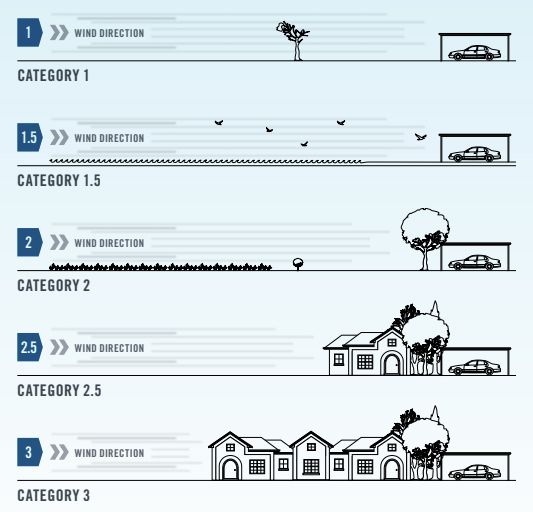
The windspeed impact upon a structure is further influenced by the terrain it flows over. Sparsely populated, clear land provides less wind resistance than undulating land with a greater density of trees and structures.
Category 1 Terrain which is open with few obstructions (trees or man made structures); may include enclosed water surfaces, flat, treeless and poorly grassed plains, rivers or lakes with no buildings, or enclosed bays less than 10km in the wind direction.
Category 1.5 Larger open water surfaces including coastal waters, large open bays on seas, oceans or lakes, and enclosed bays less than 10km in the wind direction.
Category 2 Open terrain, including grasslands with fewer than two obstructions (1.5 to 5m high) per hectare.
Category 2.5 Terrain with isolated obstructions such as outer urban areas with scattered houses and few trees.
Category 3 Terrain covered with numerous obstructions that are closely spaced, with heights between 3 and 10m. For example suburban housing.
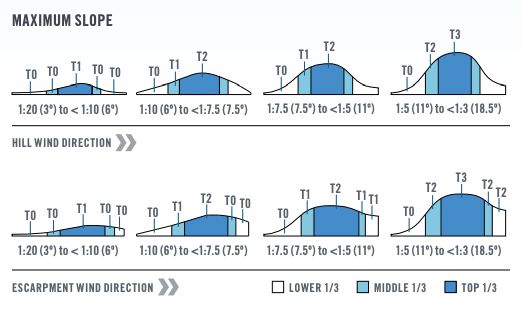
The windspeed impact upon a structure is further influenced by the terrain it flows over. Sparsely populated, clear land provides less wind resistance than undulating land with a greater density of trees and structures.
Category 1 Terrain which is open with few obstructions (trees or man made structures); may include enclosed water surfaces, flat, treeless and poorly grassed plains, rivers or lakes with no buildings, or enclosed bays less than 10km in the wind direction.
Category 1.5 Larger open water surfaces including coastal waters, large open bays on seas, oceans or lakes, and enclosed bays less than 10km in the wind direction.
Category 2 Open terrain, including grasslands with fewer than two obstructions (1.5 to 5m high) per hectare.
Category 2.5 Terrain with isolated obstructions such as outer urban areas with scattered houses and few trees.
Category 3 Terrain covered with numerous obstructions that are closely spaced, with heights between 3 and 10m. For example suburban housing.

| Terrain Category | Regions A, B, C, & D |
|---|---|
| 1 | 1.05 |
| 1.5 | 0.98 |
| 2 | 0.91 |
| 2.5 | 0.87 |
| 3 | 0.83 |
| Shielding Classifications | Factor |
|---|---|
| Full Shielding (FS) | 0.85 |
| Partial Shielding (PS) | 0.95 |
| No Shielding (NS) | 1.00 |
| Topographic Classifications | Factor |
|---|---|
| T0 | 1.00 |
| T1 | 1.10 |
| T2 | 1.20 |
| T3 | 1.30 |
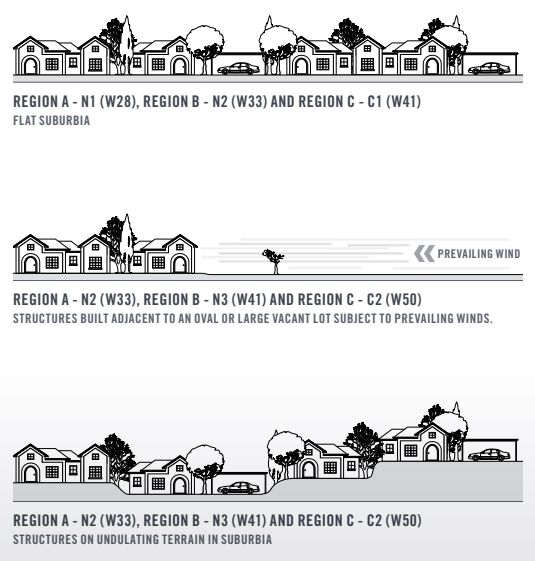
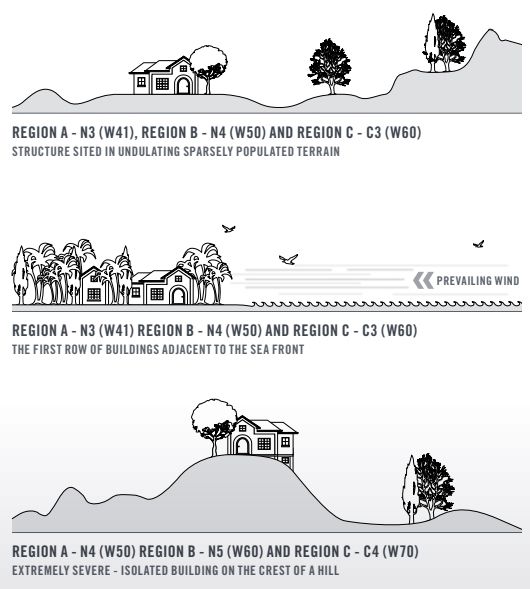
Please Note: This document is provided as a design guide only. The information provided here is written in compliance with the requirements of AS/NZS1170.2:2011 and is classified in accordance with wind classifications allocated in AS4055:2012. Patio Engineering Australia does not accept any liability for any loss or damage that results from the misinterpretation of this design guide. When uncertain it is recommended to seek the advice of an independent engineer.